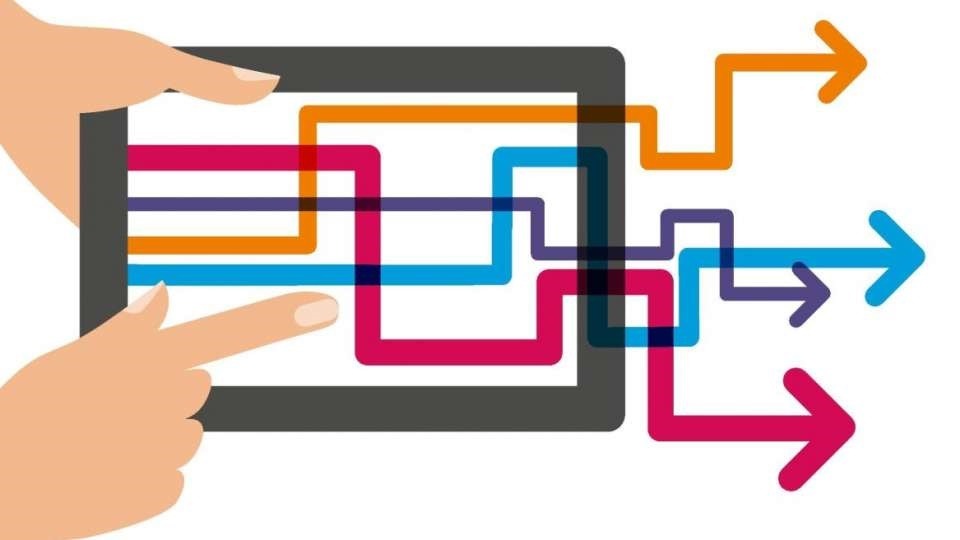We are now a year in to the new MTD rules and with that, HMRC are ending their “soft landing” approach with a few changes coming into effect on 1 April 2020: –
Detailed Digital Record-Keeping
If you have been using bridging software to submit your returns but have no backing of your records, it’s time to make changes.
Form 1 April, businesses must record, digitally, the supplies received and made, including time of supply, value and VAT rate. This can still be done on spreadsheets, such as Excel, however the bridging software should link directly from these workings, without any manual adjustments. This means that you will no longer be able to “copy and paste” figures from another system into an Excel spreadsheet as all of the transactional data must link directly to the bridging software with no manual intervention.
Non-compliant work around
If you are not an Excel user but use a bridging software to post the VAT return to HMRC and your records are kept on another system, again, this may need to change.
If your accounting software is still not compliant with MTD, firstly check with your provider if there are any updates available which will now allow you to submit your VAT return directly to HMRC. If this is not the case you may need to look for a new accounting software.
The only exception to this rule is if a business can guarantee a seamless digital journey from their accounting systems to the bridging software then onto HMRC.
Suspension on late filing penalties ends
The suspension of penalties on late MTD filings ends, too. These are on a cumulative basis, based on the number of offences in the past 12 months. This can reach 15% of the VAT due, plus fines of up to 100% of undeclared VAT as a result of careless or deliberate inaccuracies.
For any queries regarding Making Tax Digital, please do get in touch with chloe@richardsons-group.co.uk

